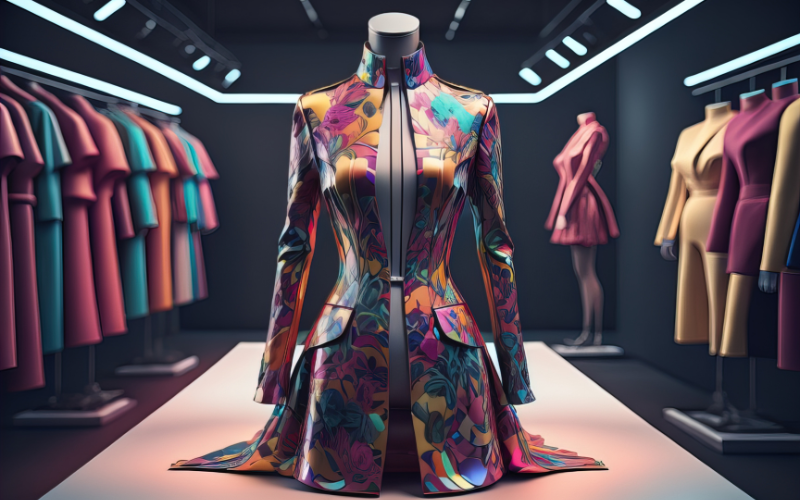Explore Various Career Options for Graduates in Fashion Designing
The fashion industry offers a diverse array of exciting career opportunities for those passionate about style and design. From creating cutting-edge garments to shaping trends and influencing consumer choices, the world of fashion design presents numerous paths for creative and ambitious individuals to make their mark. Fashion Designing: Career Paths […]
Top 5 Tips to Excel in a Fashion Merchandising Course
Develop Professional Communication for Industry Interactions Professional communication is the bedrock of success in fashion merchandising. To excel, you need to be clear, concise, and persuasive. Whether you’re drafting emails, making phone calls, or meeting with industry professionals, your aim should be to articulate your ideas effectively. Tailor your communication […]
Career in Fashion Designing: What to Expect and How to Prepare
Path to Becoming a Fashion Designer Embarking on a self-taught journey in fashion design presents an alternative to the conventional route of formal education. This path allows for flexibility and the freedom to tailor your learning experience according to your personal interests and pace. It’s an empowering choice for those […]
Fashion Courses: 5 Key Benefits of Studying at ICF – A Leading Fashion Institute in Delhi
The fashion industry in India has experienced a rapid transformation over the last few decades, evolving from a niche sector to a thriving global market. With this growth, the need for formal education in fashion design has become more critical than ever. Aspiring designers must not only possess creativity but […]
Career in Fashion: 5 Ways to Make Your Mark in the Fashion Industry
The Indian fashion industry has undergone a massive transformation since the 1990s. The sector, which once largely revolved around traditional attire, has now embraced global trends, modern aesthetics, and innovative design. From handlooms and intricate embroideries to luxury brands and international runway shows, the Indian fashion scene has evolved into […]
Impact of Technology on Fashion Designing Courses
The integration of technology into fashion designing has transformed how aspiring designers learn and practice their craft. Today’s fashion design courses are increasingly incorporating technological advancements, reshaping the future of this creative industry. This blog explores the pivotal role of technology in fashion education, highlighting key tools and trends that […]
Roles and Responsibilities of a Fashion Designer
Fashion designing is more than just creating clothes; it’s about expressing creativity and setting trends that define styles. Let’s explore the key roles and responsibilities of a fashion designer and understand what it takes to thrive in this dynamic field. 1. Creative Vision and Design Conceptualization A fashion designer is […]
How to Start a Fashion Brand in India: Essential Tips for Aspiring Designers?
Starting a fashion brand in India can be an exciting and rewarding venture for aspiring designers. With India’s rich cultural heritage and diverse fashion preferences, there is a tremendous opportunity to create a unique brand that resonates with a wide audience. Here are essential tips to guide you through the […]
Fashion Design Trends for 2024: Styles That Will Dominate the Runways
The fashion world is brimming with innovative styles and trends set to revolutionize the runways. These trends not only capture the essence of contemporary aesthetics but also provide invaluable inspiration for aspiring fashion designers and students. Here’s a detailed look at the top fashion design trends for 2024 and how […]
How is Artificial Intelligence (AI) Changing the Fashion Industry?
The fashion industry is quickly changing, with Artificial Intelligence (AI) being a key driver in this transformation. AI in fashion industry is revolutionizing various aspects, from design to marketing, and is helping brands stay ahead of trends. Integrating AI is essential for managing rapidly changing trends, inventory, personalization, sustainability, and […]











